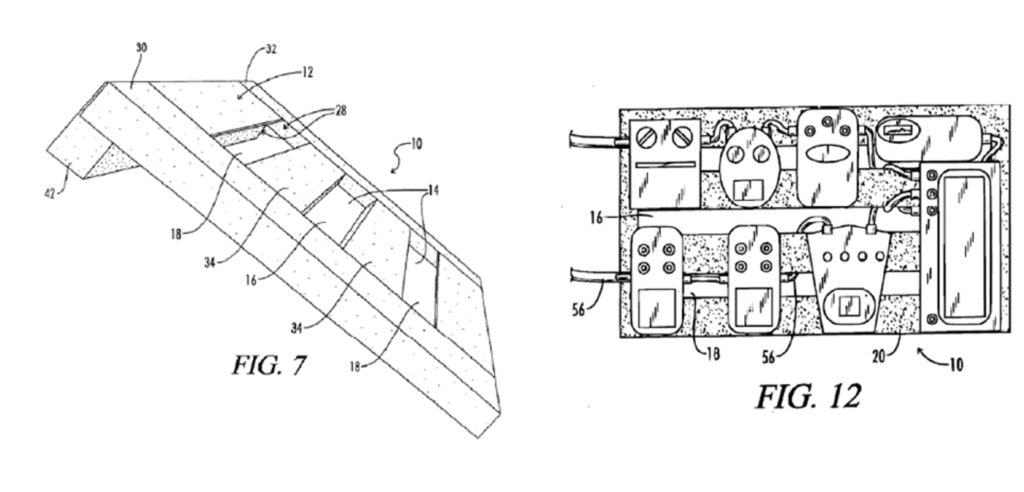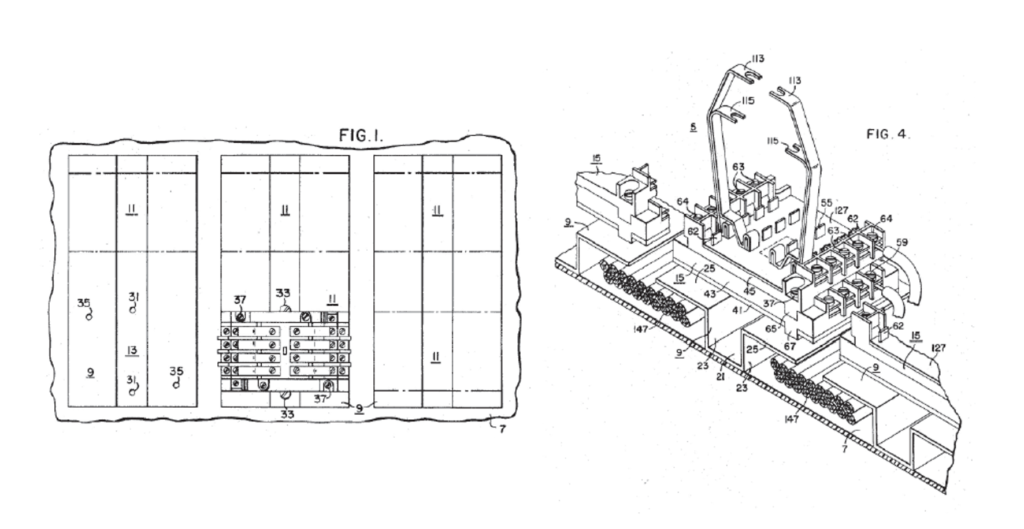The US Court of Appeals for the Federal Circuit granted an accused infringer’s mandamus petition to transfer a case from the Western District of Texas to the Northern District of California, concluding that the district court “barreled ahead” on the merits before addressing the transfer motion and clearly abused its discretion in denying transfer. In re. Apple, Inc., Case No. 20-135 (Fed. Cir. Nov. 9, 2020) (Prost, C.J.) (Moore, J., dissenting). In re. Apple, Inc
In September 2019, Uniloc sued Apple in the Western District of Texas alleging that several Apple products infringed one of Uniloc’s patents. In November 2019, Apple moved to transfer the case to the Northern District of California on the basis that it would be clearly more convenient to litigate the case in that district. In January 2020, Apple moved to stay all activity in the case unrelated to its transfer motion pending a decision on that motion. The district court denied the stay motion without explanation. In May 2020, the district court held a hearing on Apple’s transfer motion during which the court stated that it would deny the motion and issue a written order as soon as possible. After the hearing, but before issuing a written order, the court held a Markman hearing, issued its claim construction order, held a discovery hearing and issued a corresponding discovery order. In response to these advances in the case, in June 2020 Apple filed a petition for writ of mandamus requesting that the Federal Circuit transfer the case to the Northern District of California. One week after Apple filed its petition, the district court issued its written order denying transfer.
The Federal Circuit granted Apple’s mandamus petition and directed the district court to transfer the case to the Northern District of California. The Federal Circuit explained that the US Court of Appeals for the Fifth Circuit assesses transfer requests using private and public interest factors. The private interest factors are: “(1) the relative ease of access to sources of proof; (2) the availability of compulsory process to secure the attendance of witnesses; (3) the cost of attendance for willing witnesses; and (4) all other practical problems that make trial of a case easy, expeditious and inexpensive.” The public interest factors are: “(1) the administrative difficulties flowing from court congestion; (2) the local interest in having localized interests decided at home; (3) the familiarity of the forum with the law that will govern the case; and (4) the avoidance of unnecessary problems of conflict of laws [or in] the application of foreign law.” The parties agreed that the third and fourth public interest factors were neutral, but disputed whether the remaining factors weighed for or against transfer.
The Federal Circuit found numerous errors in the district court’s analysis. As to the first private factor (access to sources of proof), the Court found that the district court erred in determining that the location of witnesses weighed in favor of transfer. The Court explained that the “access to proof” factor [...]
Continue Reading
read more

 Subscribe
Subscribe




